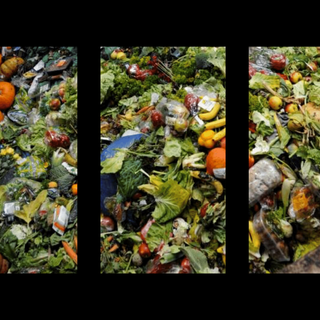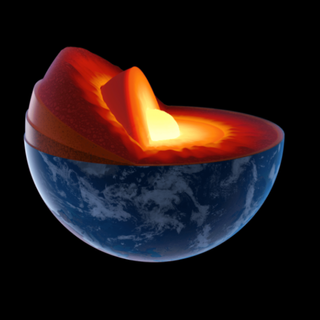Odisha, Uttar Pradesh, and Delhi are right at the top of the list of states and Union territories with the highest number of contaminated sites in India, according to data released by the Central Pollution Control Board (CPCB) yesterday.
Contaminated sites are areas where the “constituents and characteristics of the toxic and hazardous substances, caused by humans, exist at levels and in conditions which pose existing or imminent threats” to nature and mankind, according to the Ministry of Environment, Forest and Climate Change. Such areas may include landfills, dumps, waste storage and treatment sites, and spillage sites, or any other area that poses “multi-faceted health and environmental problems” to which people are “knowingly or unknowingly” exposed.
The CPCB deemed a total of 112 sites across the country contaminated, out of which Odisha housed 23, followed by Uttar Pradesh with 21, and Delhi with 11.
Related on The Swaddle:
In Meghalaya, the Lukha River’s Brilliant Blue Masks a Darker Truth
Additionally, the CPCB identified another 168 sites as “probably contaminated,” which is defined as “sites with alleged, but not scientifically proven presence” of contaminants that could be harmful to human health or to the environment. U.P. has the most of probably contaminated sites, followed by Karnataka and Gujarat.
While the number of contaminated sites may be staggering, the report notes that cleaning efforts are underway. Remediation work has begun in 14 contaminated sites across Gujarat, Jharkhand, Kerala, Maharashtra, Odisha, Tamil Nadu, and U.P.
Remediation would involve the extraction of pollutants and toxic substances from the contaminated mediums to reach “pre-defined remediation target levels” and reverse the damage, according to the report.
Some of the sites “are very old and have not been developed scientifically to handle waste and as a result, the area’s soil and even groundwater have been severely contaminated. The lesson from this report should be that the same mistakes should not be made,” Shashank Shekhar, assistant professor at the department of geology in Delhi University, told Hindustan Times.




